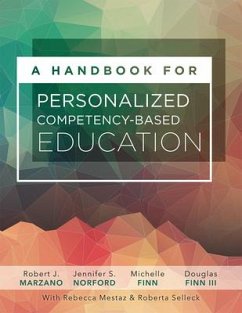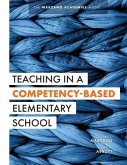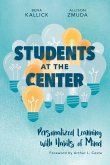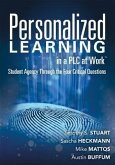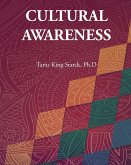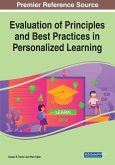In K-12 education's growing movement of competency-based education and personalized learning, both contradictory and overlapping definitions come up around these two terms. To clear up this confusion, A Handbook for Personalized Competency-Based Education delves into the components of a personalized competency-based education (PCBE) system. This handbook explores approaches, strategies, and techniques that schools and districts should consider as they rethink traditional instruction to fit a PCBE system and support student learning. The authors share examples of how to use proficiency scales, standard operating procedures, behavior rubrics, personal tracking matrices, and other tools to aid in instruction and assessment. Benefits * Receive clear guidance on implementing a personalized competency-based education (PCBE) system. * Determine what content to focus on and what standards to prioritize in personalized instruction. * Read vignettes that illustrate the shifts that should occur to foster PCBE. * Learn how a flexible PCBE learning environment of student agency can foster self-efficacy. * Understand the variety of assessments available for measuring student proficiency in a PCBE system. Contents Chapter 1: Why Competency-Based Education and Personalized Learning? Chapter 2: What Content Will Be Addressed? Chapter 3: How Will the Learning Environment Promote Student Agency? Chapter 4: How Will Instruction Support Student Learning? Chapter 5: How Will Student Proficiency Be Measured? Chapter 6: How Will Scheduling Accommodate Student Learning? Chapter 7: How Will Reporting Facilitate Student Learning? Chapter 8: How Do Schools and Districts Transition to a PCBE System? Epilogue Appendix A: Tools to Support Student Agency Appendix B: A Model of Effective Instruction Appendix C: Sample Grading Sheet Appendix D: Resources for Creating a Shared Vision

